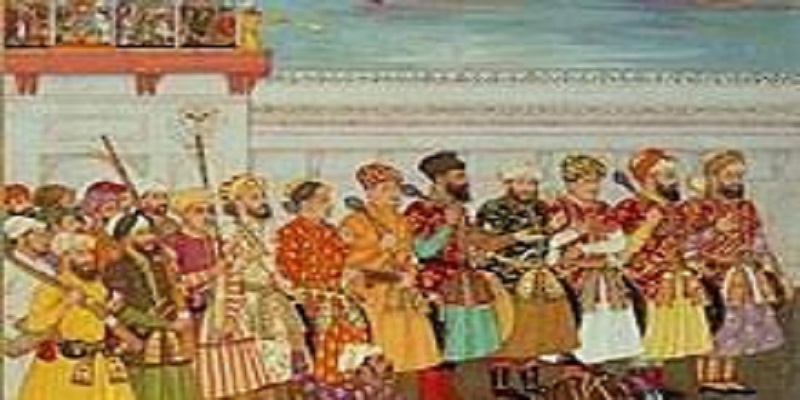Mughal Marvels A Flourishing Tapestry of Politics, Religion, Culture, and Economy in Historic India
The Mughal Empire was a powerful dynasty that ruled most of the Indian subcontinent from 1526 to 1707. During this period, Indian society underwent significant changes and developments in various fields, including politics, art, culture, and economy. Here are some key aspects of society under the Mughals:
- Political Structure: The Mughal Empire was a centralized monarchy, with the emperor at the top of the hierarchy. The emperor was considered the ultimate authority in all matters, and he had a vast network of officials and administrators to govern the empire. The Mughal Empire was divided into provinces or subas, which were further divided into districts or sarkars. Each province was governed by a governor or subedar, who was responsible for maintaining law and order, collecting taxes, and ensuring justice.
- Religion: The Mughal Empire was a Muslim state, but it was characterized by religious tolerance and pluralism. The Mughal emperors respected the religious beliefs of their subjects, and they patronized various religions, including Hinduism, Sikhism, and Christianity. The Mughal emperors also appointed Hindu officers to high-ranking positions, and they encouraged interfaith dialogue and debate.
- Culture: The Mughal Empire was a period of great cultural flowering, with the development of art, architecture, literature, music, and cuisine. The Mughals were famous for their exquisite miniature paintings, which depicted various scenes from court life, mythology, and religion. The Mughals also built some of the most magnificent monuments in India, including the Taj Mahal, the Red Fort, and the Jama Masjid. Urdu literature also flourished during this period, and the Mughal emperors patronized poets, writers, and musicians.
- Economy: The Mughal Empire was a prosperous period in Indian history, with the growth of trade and commerce. The Mughal emperors encouraged trade and commerce by building roads, bridges, and canals, and they abolished various taxes and tolls. The Mughals were also famous for their magnificent gardens, which were not only a symbol of wealth but also a source of food and medicine.
Overall, the Mughal Empire was a period of great cultural and economic growth in India. The Mughal emperors left a lasting legacy in the form of art, architecture, literature, and music, which still inspire and influence people today.

